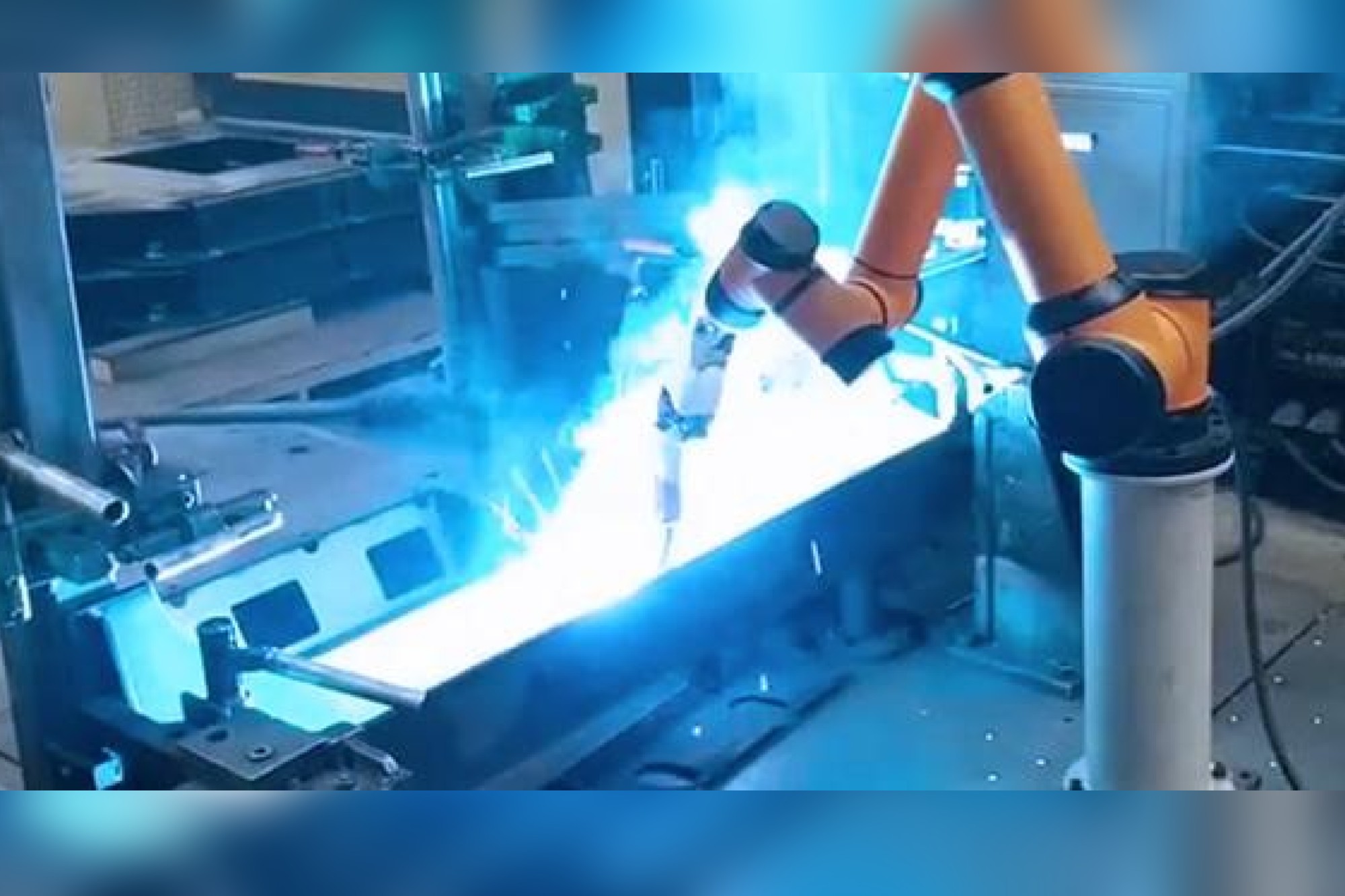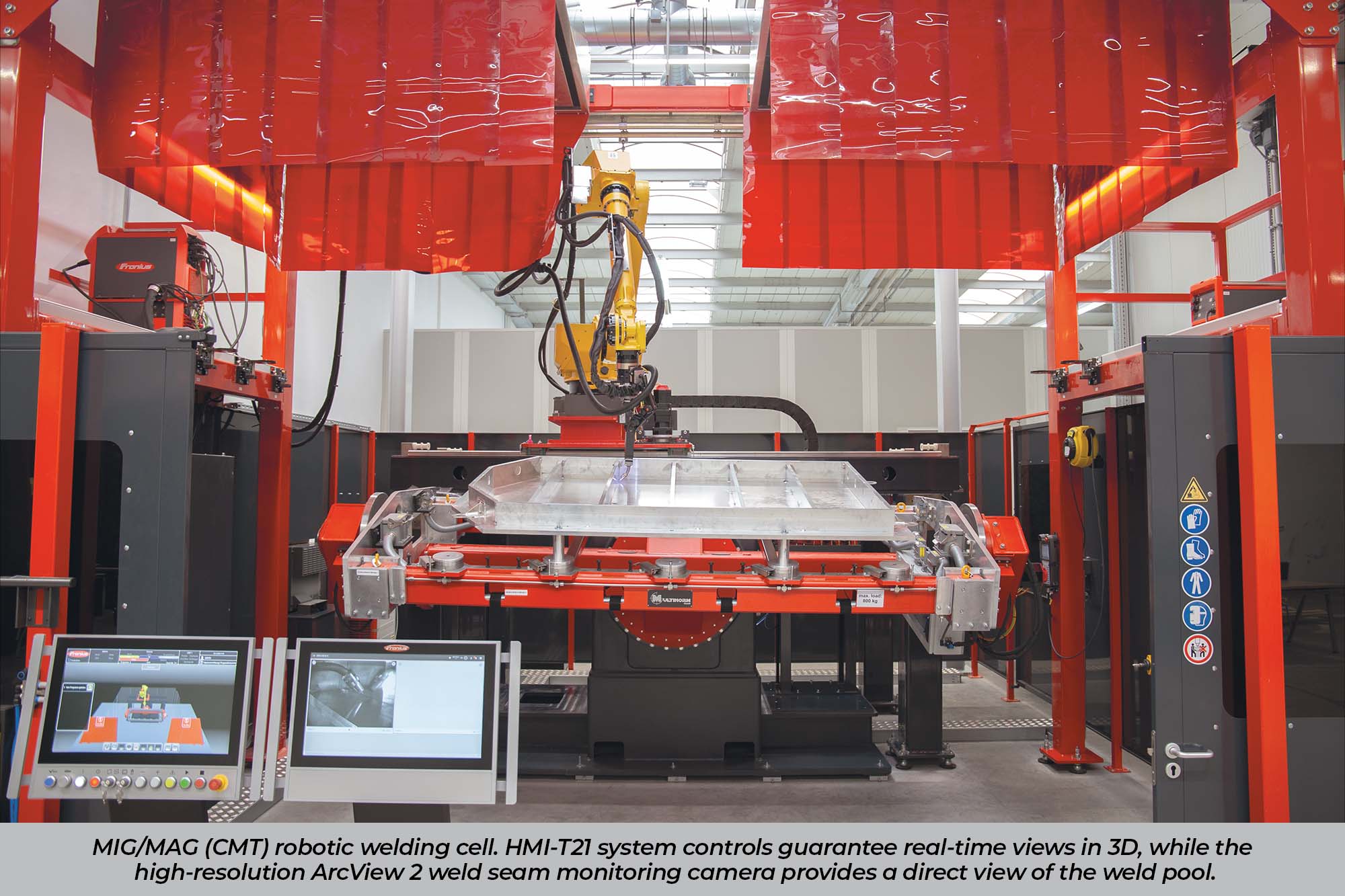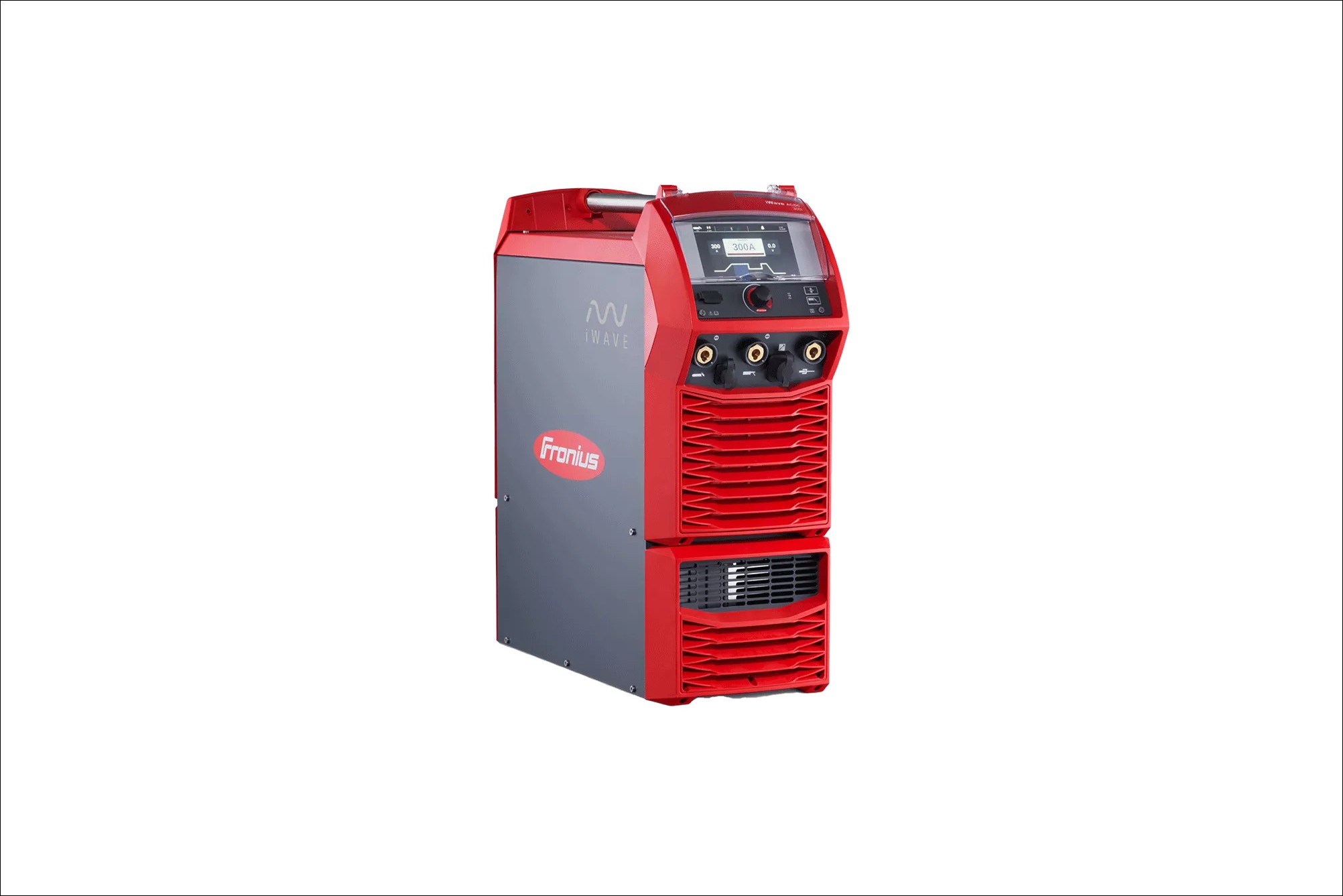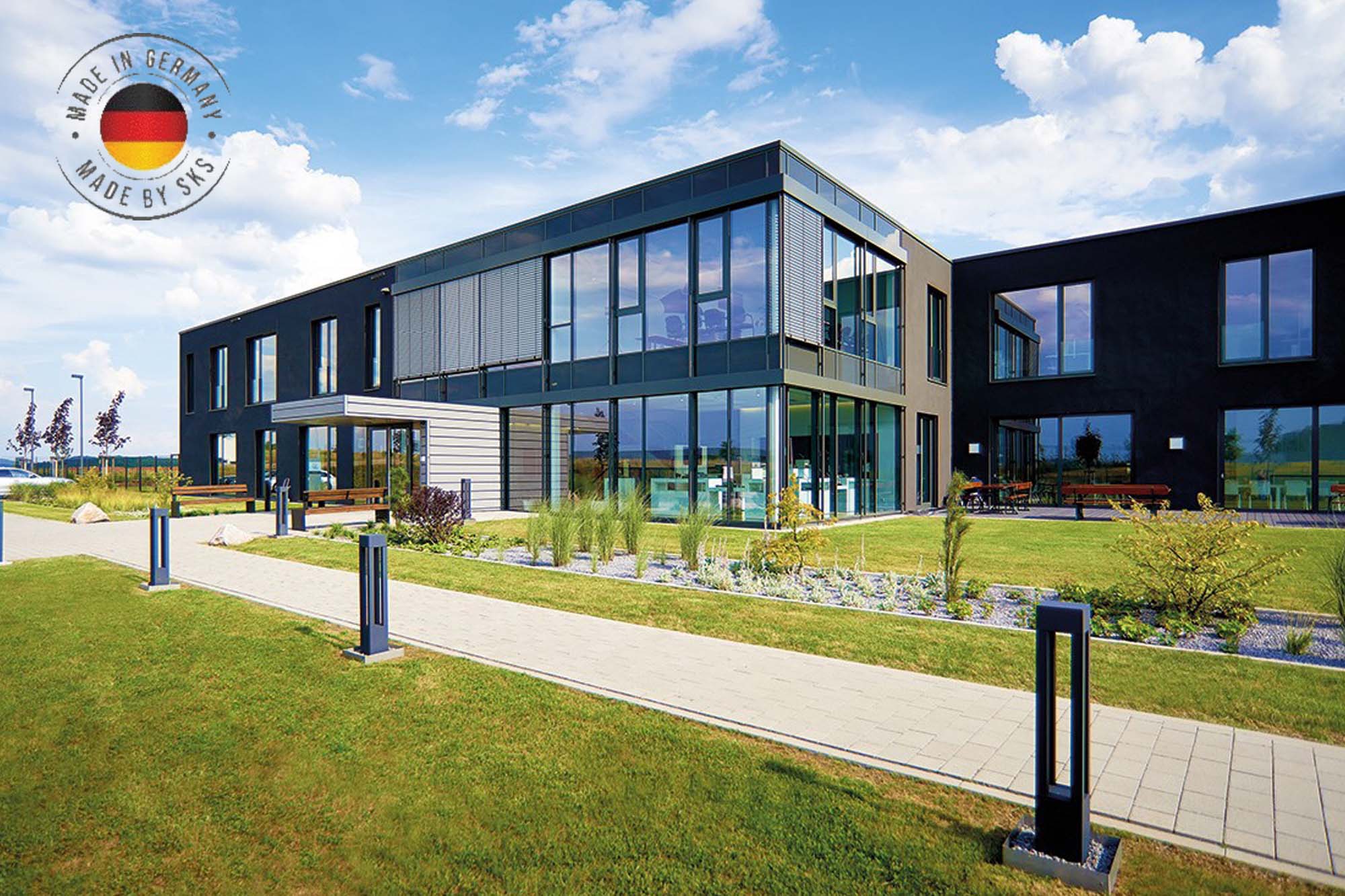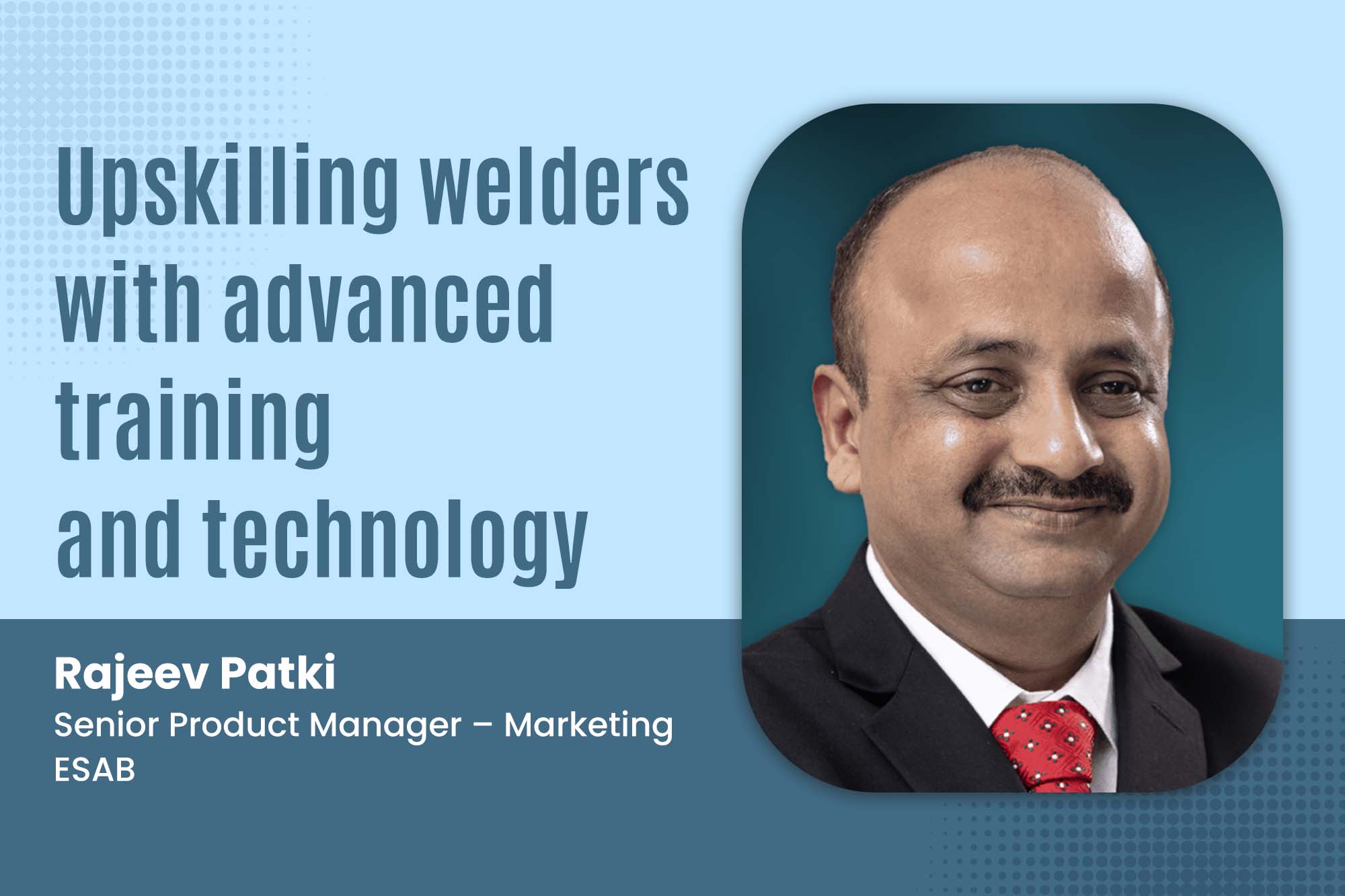MIG vs. Flux-Cored
By admin July 21, 2011 7:31 am IST
This article is intended to help decide on the choice of a welding machine to be purchased based on the welding process. The best answer depends on 3 things. First, what you are welding. Second, where are you welding it? And third, the surface finish of what you are welding. This article will help you to decipher between the two processes, then describe advantages and disadvantages of each and wrap up by giving you usage tips. The suggestions here are conservative and should be attainable by a beginner. Welding is a skill and an art about 95% can learn to do. It is critical to have good eye/hand coordination and a steady hand. Arc practice time is the only instructor that will teach you to truly set the machine properly. With basic motor skills, practice and patience, you should attain success at making sound welds.
Definitions Gas Metal-Arc WeldingGMAW as identified by the American Welding Society, is also popularly known as MIG (Metal Inert Gas), uses a continuous solid wire electrode for filler metal and an externally supplied gas (typically from a high-pressure cylinder) for shielding. The wire is usually mild steel and generally coated with a thin layer of copper to protect the wire from rusting, improved electrical conductivity, increased contact tip life and generally improved arc performance. The welding machine must be setup for DC positive polarity. The shielding gas, which is usually carbon dioxide (MAG process – Metal Active Gas) or mixtures of carbon dioxide and argon, protects the molten metal from reacting with the atmosphere. Shielding gas flows through the gun and cable assembly and out from the gun nozzle with the welding wire to shield and protect the molten weld pool. Molten metal is very reactive to oxygen, nitrogen and hydrogen from the atmosphere, if exposed to it. The inert gas usually continues to flow for some time after welding to keep protecting the metal as it cools. A slight breeze can blow the shielding away and cause porosity, therefore welding outdoors is usually avoided unless special windscreens are erected.
However, if done properly, operator appeal and weld appearance are excellent with MIG and it is most welders’ favorite process to use. Good technique will yield excellent results. The properly made finished weld has no slag and virtually no spatter. A “push” gun angle is normally used to enhance gas coverage and get the best results. If the material you are welding is dirty, rusty, or painted it must be cleaned by grinding until you see shiny bare metal. MIG welding may be used with all of the major commercial metals, including low carbon steel, low alloy steel, and stainless steel and aluminium with potential for excellent success even by a novice. Aluminum MIG WeldingWelding of aluminium requires much more than just changing to aluminium wire. Get comfortable welding steel first to get acquainted with MIG process. Since aluminum is very soft, it requires aluminium drive rolls that have a U-groove and no teeth to bite which may cause wire flaking. Cleanliness of the wire and base metal are critical. Wipe the material with acetone on a clean shop rag. Use stainless steel wire brushes that have only been used on aluminium. Drive roll tension and gun length must be minimized. A Teflon, nylon or similar gun liner is needed to minimize friction in feeding the wire and 100% pure Argon gas is required for shielding. Special contact tips are often recommended. Special gun movement techniques are often highly desirable. It is a challenge, but it can be done.
Self-shielded Flux-Cored Arc-Welding process FCAW per the American Welding Society, or flux-cored for short, is different in that it uses a wire which contains materials in its core that, when burned by the heat of the arc, produce shielding gases and fluxing agents to help produce a sound weld, without need for the external shielding gas. We achieve a sound weld, but in a very different way. We have internal shielding instead of external shielding. The shielding is very positive and can endure a strong breeze. The arc is forceful, but has spatter. When finished, the weld is covered with a slag that usually needs to be removed. A “drag” angle for the gun is specified which improves operator visibility. The settings on the wire feeder of the welding machines are slightly more critical for this process. Improper technique will have results that are magnified. This type of welding is primarily performed on mild steel applications outdoors.
General Usage Rules MIG As a rule of thumb, it is recommended to use a compact 115 volt input (or 230 volt) MIG wire feeder welder indoors on clean new steel that is 1.6 mm to 3.2 mm thick. The smallest wire (0.6mm) will make it the easiest to weld the thinnest (1.6 mm) material. The 0.8 mm diameter wire will weld a little faster deposition rate. If you need to weld 3.2 mm to 6.3 mm thick material with MIG, you will need the higher capacity compact machine which will require 230 volt input. The higher amperage range of this machine can better handle your welding needs in a single pass and you may not have to waste time with second or third passes. The 230 volt machine could also run 0.9 mm diameter wire. To MIG weld material more than 6.3 mm thick, you need a higher capacity truly industrial machine. If most of your welding will be performed indoors on clean material that is less than 3.2 mm thick, a MIG machine that operates on 115 volts is probably your best bet for economic reasons in that a 230 volt input machine will be more expensive.
Flux-Cored The flux-cored process is only recommended on materials as thin as 2.0 mm, a bit thicker than 1.6 mm we said for MIG. In general, this process is best for welding thicker materials with a single pass, especially if you need to weld outdoors such as to repair a tractor out in the field. A 115 volt flux-cored machine using an electrode such as 0.9 mm will generally allow you to weld steel up to 6 mm thick. Note that this is nearly double the maximum thickness of 3.2 mm with MIG on 115 volts. With the proper electrode on a proper machine you can weld steel up to 12.5 mm thick. Advantages / Disadvantages While there are advantages and disadvantages to both processes, we will try to outline for you some of the most common. MIG ProcessAdvantages• The best choice when cosmetic appearance is an issue since it provides lower spatter levels than flux-cored. The arc is soft and less likely to burn through thin material.• The lower spatter associated with MIG welding also means no slag to chip off and faster cleaning time.• MIG welding is the easiest type of welding to learn and is more forgiving if the operator is somewhat erratic in holding arc length or providing a steady travel speed. Procedure settings are more forgiving.• If you are skilled and get specific proper guns, shielding gas, liners, drive rolls, and electrode, MIG can weld a wider range of material including thinner materials and different materials such as stainless, nickel alloys or aluminum.
Cookie Consent
We use cookies to personalize your experience. By continuing to visit this website you agree to our Terms & Conditions, Privacy Policy and Cookie Policy.




